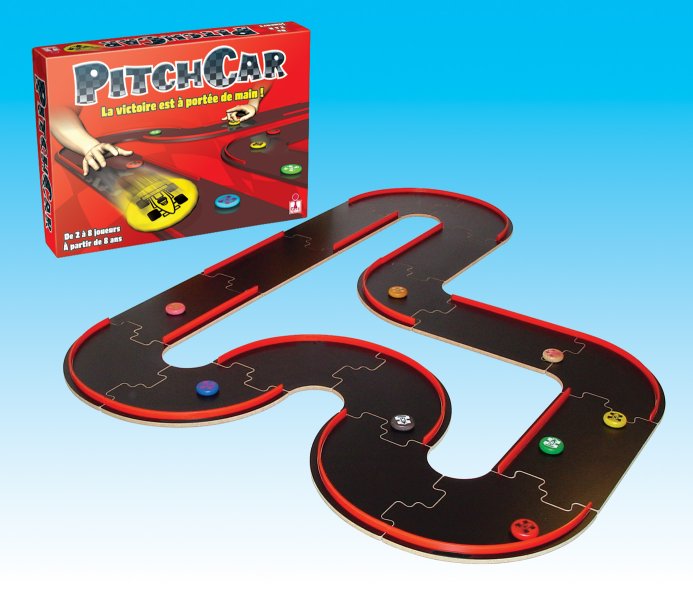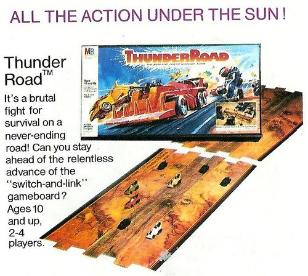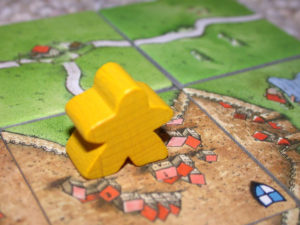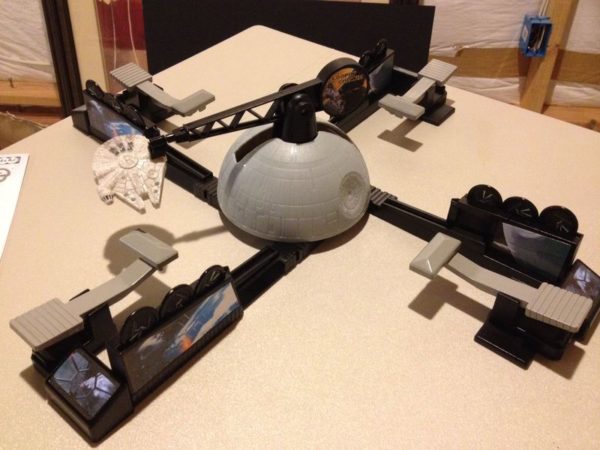One of the main reasons I wanted to start this blog was to show off my pimped games and talk about how I created them. After a while, I started thinking about why we pimp out our games and I found the question compelling enough that I’m starting a new blog series called, simply, “Why We Pimp.” In this series, I’ll focus on a narrow aspect of board game pimping and look at it from the philosophical perspective.
Of course, the biggest question is the general “why?” Why do it at all? Board game publishers spend countless hours designing beautiful games and yet we still want more. Manufacturing for board and table top games has never been higher and the trend now is actually over-producing the value in a game. Take Cool Mini or Not‘s (CMoN) fantasy sports game, Kaosball by Eric Lang. This is a relatively simple sports game with minis on a game board but CMoN decided really ramp up the production value by creating countless teams, each with their own minis and game bits.
Read More







